Home>Ideas and Tips>Timeless Sophistication In Neo-Classical Homes
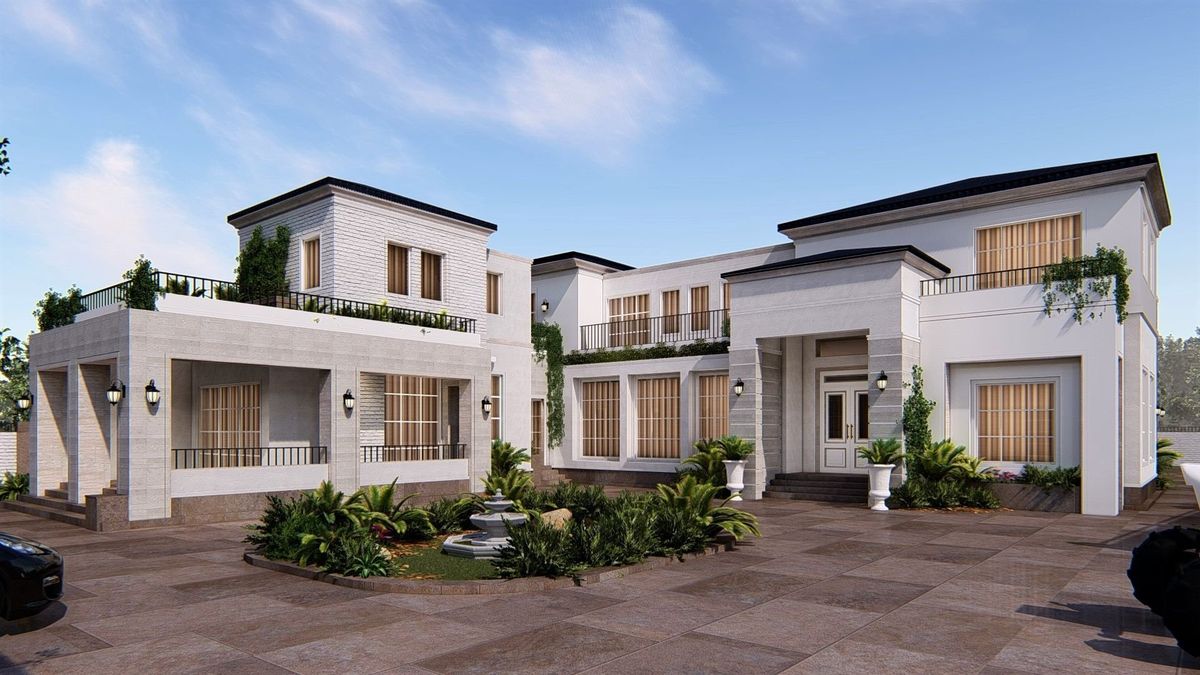

Ideas and Tips
Timeless Sophistication In Neo-Classical Homes
Published: October 25, 2024
Discover the elegance of Neo-Classical homes, blending classical grandeur with modern sophistication. Learn key elements and tips for timeless interior design.
(Many of the links in this article redirect to a specific reviewed product. Your purchase of these products through affiliate links helps to generate commission for Storables.com, at no extra cost. Learn more)
Neo-classical interior design is a timeless style that blends classical elegance with modern sophistication. Originating in the 18th century, it draws inspiration from ancient Greek and Roman architecture, emphasizing symmetry, grandeur, and fine craftsmanship. This design style remains relevant today, offering a perfect balance of traditional and contemporary elements. In this article, we will delve into the key attributes of neo-classical interior design, explore its evolution, and provide practical tips on how to incorporate this elegant style into your home.
What is Neo-Classical Interior Design?
Neo-classical interior design is a refined and elegant style that has been a cornerstone of architectural and interior design for centuries. It is rooted in the classical tradition of rational thinking and moderation, moving away from the excessive ornamentation of the Rococo period. This historical context provides a foundation for understanding the enduring appeal of neo-classical interior design, highlighting its roots in classical tradition and its evolution over time.
Key Elements of Neo-Classical Design
-
Symmetry and Balance
- One of the defining features of neo-classical design is its emphasis on symmetry and balance. This is reflected in the use of evenly spaced columns, balanced facades, and carefully planned layouts to achieve perfect symmetry and balance. Symmetry creates a harmonious and pleasing environment that feels both grand and welcoming.
-
Classical Details
- Neo-classical design encompasses classical details such as Roman busts, sculptures, panelling, or decorative architectural mouldings. These elements add a sense of grandeur and elegance to the space, drawing inspiration from ancient Greek and Roman architecture.
-
Luxurious Materials
- Luxurious materials like marble, brass, and fabrics with silky characteristics are central to neo-classical interiors. These materials add a sense of luxury and sophistication to the space, enhancing the overall aesthetic appeal.
-
Timeless Furniture
- Timeless furniture such as chaise longues, sculpted sofas, and pedestal tables are characteristic of neo-classical interiors. These pieces are often ornate yet restrained, featuring delicate carvings and classical motifs like laurel wreaths and acanthus leaves.
-
Opulent Accessories
- Opulent accessories including ornate mirrors, chandeliers, and oil paintings are perfect for adding a touch of luxury to neo-classical interiors. These decorative items enhance the sense of grandeur and elegance in the space.
Neoclassical Design: Color Palette & Materials
Color Palette
- The color palette in neo-classical interiors typically features soft, muted tones like whites, creams, and pastel shades. These colors create a calm and sophisticated environment that complements the clean lines and ornate details of neo-classical design.
- Colorful accents are often used to add a touch of opulence. Jewel tones like sapphire blue, emerald green, and citrine yellow are popular choices. Gold and silver accents are also commonly used to add luxury while pulling from the style’s historical roots.
Materials
- Marble adds a sense of grandeur and elegance to the space. It is often used in flooring, countertops, and decorative accents.
- Bronze and Crystal are also perfect choices for decorative accessories. These materials have a timeless and luxurious quality that complements the clean lines and ornate details of neo-classical design.
- Velvet is the perfect fabric for neo-classical interiors because it adds an element of luxury and sophistication to the space. Its rich texture complements the ornate details and clean lines of neo-classical design, creating a harmonious and elegant aesthetic.
- Silky fabrics are another key element in neo-classical interiors. They add a sense of opulence and refinement to any space. The smooth, shiny surface of silky fabrics complements the details of neo-classical design, while the drapability and softness enhance its elegance.
Fabric Tips for Neo-Classical Interiors
When it comes to fabrics in neo-classical interiors, velvet and silky fabrics are the top choices. These materials add an element of luxury and sophistication to the space, while also being soft and inviting. Here are some specific tips for incorporating these fabrics into your design:
- Velvet: Velvet is perfect for adding an element of luxury and sophistication to your space. It comes in various colors and textures, making it versatile for different design elements. Use velvet for upholstery, throw pillows, or even wall coverings to create a cohesive look.
- Silky Fabrics: Silky fabrics add a sense of opulence and refinement to any space. They come in various colors and patterns, making them suitable for curtains, drapes, or even bedding. The smooth, shiny surface of silky fabrics complements the details of neo-classical design, while the drapability and softness enhance its elegance.
How to Bring Neo-Classical Design Elements into Your Interior
Incorporating neo-classical design elements into your home can be both challenging and rewarding. Here are some top tips for achieving this timeless elegance:
- Embrace Symmetry: Create an elegant look with symmetrically placed furniture and artworks. This will enhance the sense of order and structure in your space, making it feel both grand and welcoming.
- Go Bold with Classical Accents: Add in characterful accessories such as stone columns, sculptures, or antiquarian line drawings. These elements will add a touch of grandeur and elegance to your space, drawing inspiration from ancient Greek and Roman architecture.
- Adopt a Neutral Color Palette: Pale walls are the best choice for neo-classical interiors. Incorporating architectural details such as wall panelling will give a sense of grandeur. This neutral color palette will create a calm and sophisticated environment that complements the clean lines and ornate details of neo-classical design.
- Blend Old and New: The contrast of a contemporary sofa next to a Roman bust on a plinth works perfectly in neo-classical interiors. This blend of old and new creates a harmonious and elegant aesthetic that is both timeless and up-to-date.
Architectural Elements Commonly Seen in Neo-Classical Interiors
Neo-classical interior design is heavily influenced by classical architecture, and this is reflected in the various architectural elements used to create a sense of grandeur and elegance. These elements are integral to the overall aesthetic and help define the style:
- Columns and Pilasters: Columns and pilasters are common architectural elements in neo-classical interiors. They add a sense of grandeur and elegance to the space, framing the front door and creating an impactful entryway.
- Decorative Mouldings: Decorative mouldings such as cornices and friezes are integral to neo-classical design. These elements feature intricate carvings and decorative motifs inspired by classical art, adding a touch of authenticity to your space.
Modern Neo-Classical Interior Design
Modern neo-classical interior design is an elegant blend of historical elements and contemporary aesthetics, creating spaces that are both timeless and up-to-date. This style retains the fundamental principles of classical design—symmetry, balance, and harmony—while incorporating modern materials, technology, and conveniences.
- Symmetry and Balance: Modern neo-classical interiors place a strong emphasis on balance and symmetry, creating harmonious and well-proportioned spaces. This is achieved through carefully planned layouts and the use of evenly spaced columns and balanced facades.
- Luxurious Materials: High-quality materials like marble, silk, and gilded wood are commonly used in modern neo-classical interiors. These materials add a sense of luxury and sophistication to the space, enhancing its overall aesthetic appeal.
- Neutral Color Palette: The color scheme typically includes soft, muted tones like whites, creams, and pastel shades. These colors create a calm and sophisticated environment that complements the clean lines and ornate details of neo-classical design.
French Neo-Classical Interior Design
French neo-classical interior design is a sophisticated and refined style that combines the elegance of classical antiquity with the opulence of French aesthetics. Originating in France during the late 18th century, this design approach was heavily influenced by the ideals of the Enlightenment, emphasizing clarity, order, and harmony.
- Symmetry and Proportion: French neo-classical design places a strong emphasis on balance and symmetry, creating harmonious and well-proportioned spaces. This is achieved through carefully planned layouts and the use of evenly spaced columns and balanced facades.
- Elegant Furnishings: Furniture in this style is often ornate yet restrained, featuring delicate carvings, tapered legs, and classical motifs such as laurel wreaths and acanthus leaves.
- Luxurious Materials: High-quality materials like marble, silk, and gilded wood are commonly used in French neo-classical interiors. These materials add a sense of luxury and sophistication to the space, enhancing its overall aesthetic appeal.
Practical Tips for Incorporating Neo-Classical Design Elements
Incorporating neo-classical design elements into your home can be both challenging and rewarding. Here are some practical tips to help you achieve this timeless elegance:
- Emphasize Horizontal and Vertical Lines: Use furniture and decorative elements that emphasize horizontal and vertical lines. This will create a sense of grandeur and balance in your space.
- Selective Furniture: Minimally furnish your space to create a sense of openness and elegance. Choose timeless furniture pieces that are both functional and aesthetically pleasing.
- Large Windows and Mirrors: Use large windows to allow plenty of natural light to flood the room. Strategically place mirrors to enhance symmetry and multiply the light within the room, creating a brighter and more spacious environment.
- Cozy Rugs: Add a cozy rug underfoot to round off a neo-classical house interior. This will not only be pretty but also absorb the possible echo typical of large rooms with hard floors, adding warmth and enhancing the atmosphere.
- Visual Tools for Scale: Use visual tools like light color schemes, pale floors, and vertical objects or lines to increase the room’s spaciousness and create a sense of grandeur.
Conclusion
Neo-classical interior design offers a timeless and sophisticated aesthetic that blends classical elegance with modern sophistication. By embracing symmetry, using luxurious materials, and incorporating classical details, you can create a harmonious and elegant environment that feels both grand and welcoming. Whether you’re looking to create a luxurious space or simply appreciate historical aesthetics, neo-classical interior design provides a versatile and enduring appeal for any home. With these practical tips and an understanding of its key elements, you can master the art of neo-classical styling and bring timeless sophistication into your home.
Was this page helpful?
At Storables.com, we guarantee accurate and reliable information. Our content, validated by Expert Board Contributors, is crafted following stringent Editorial Policies. We're committed to providing you with well-researched, expert-backed insights for all your informational needs.
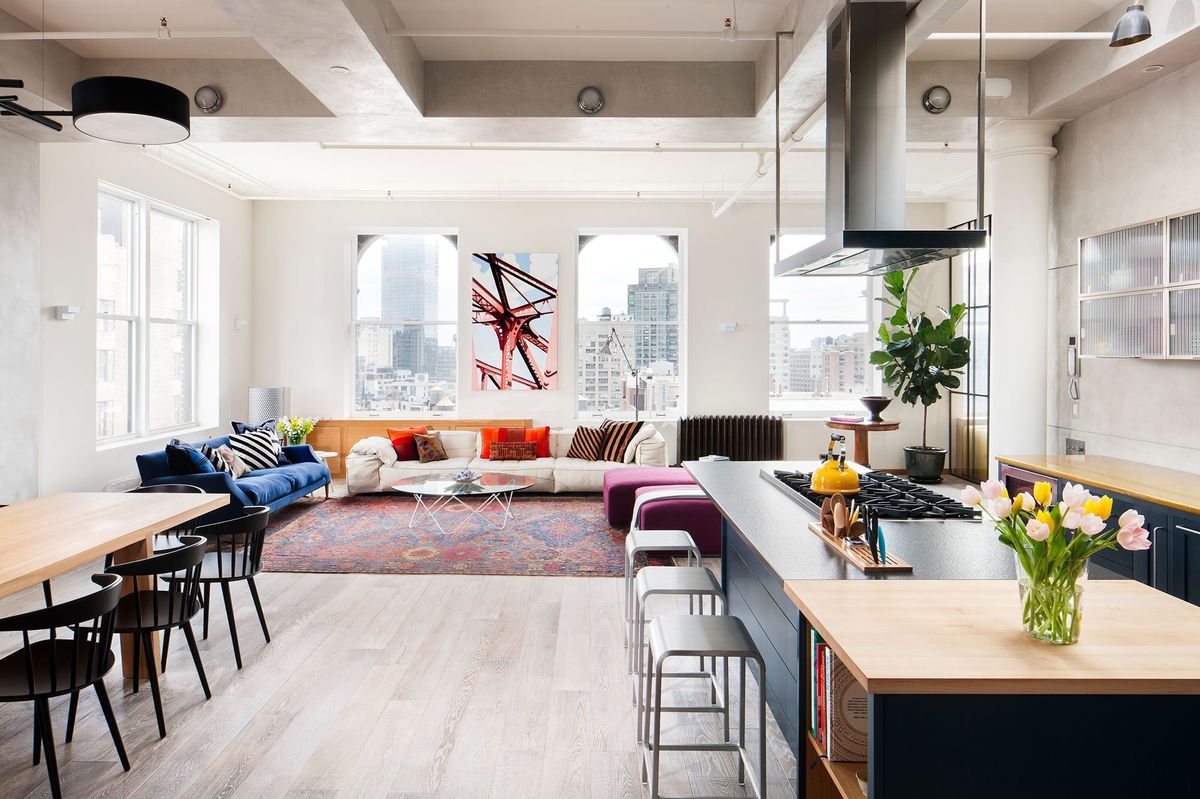
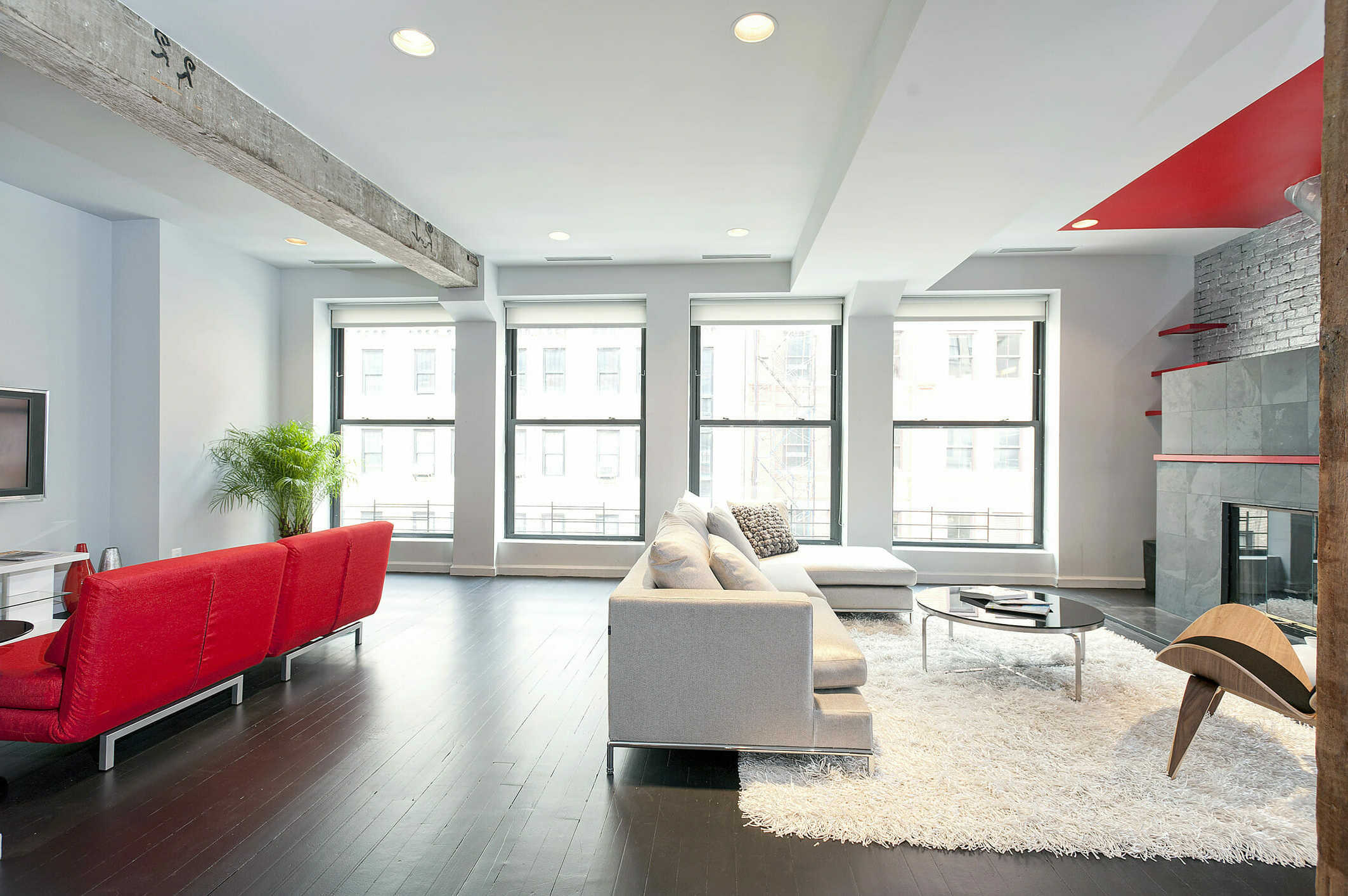
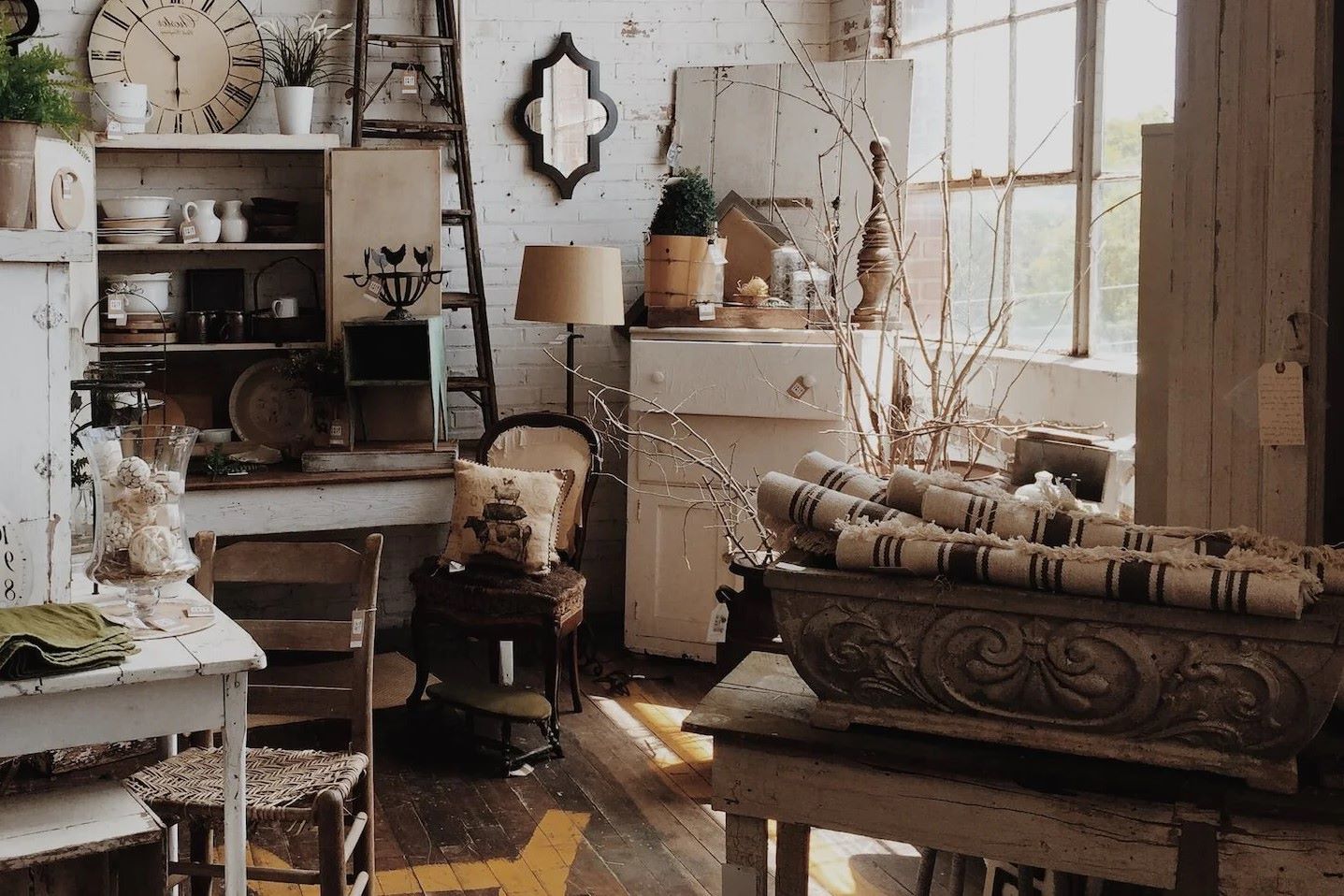
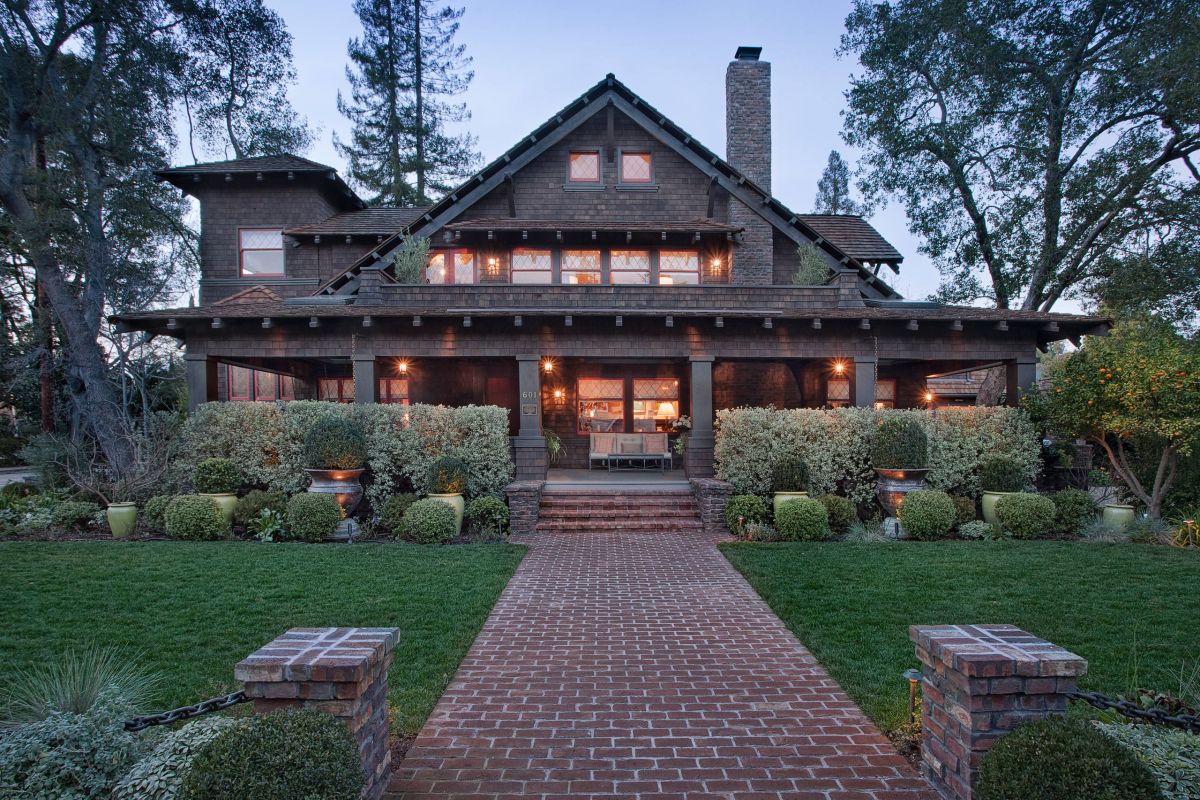
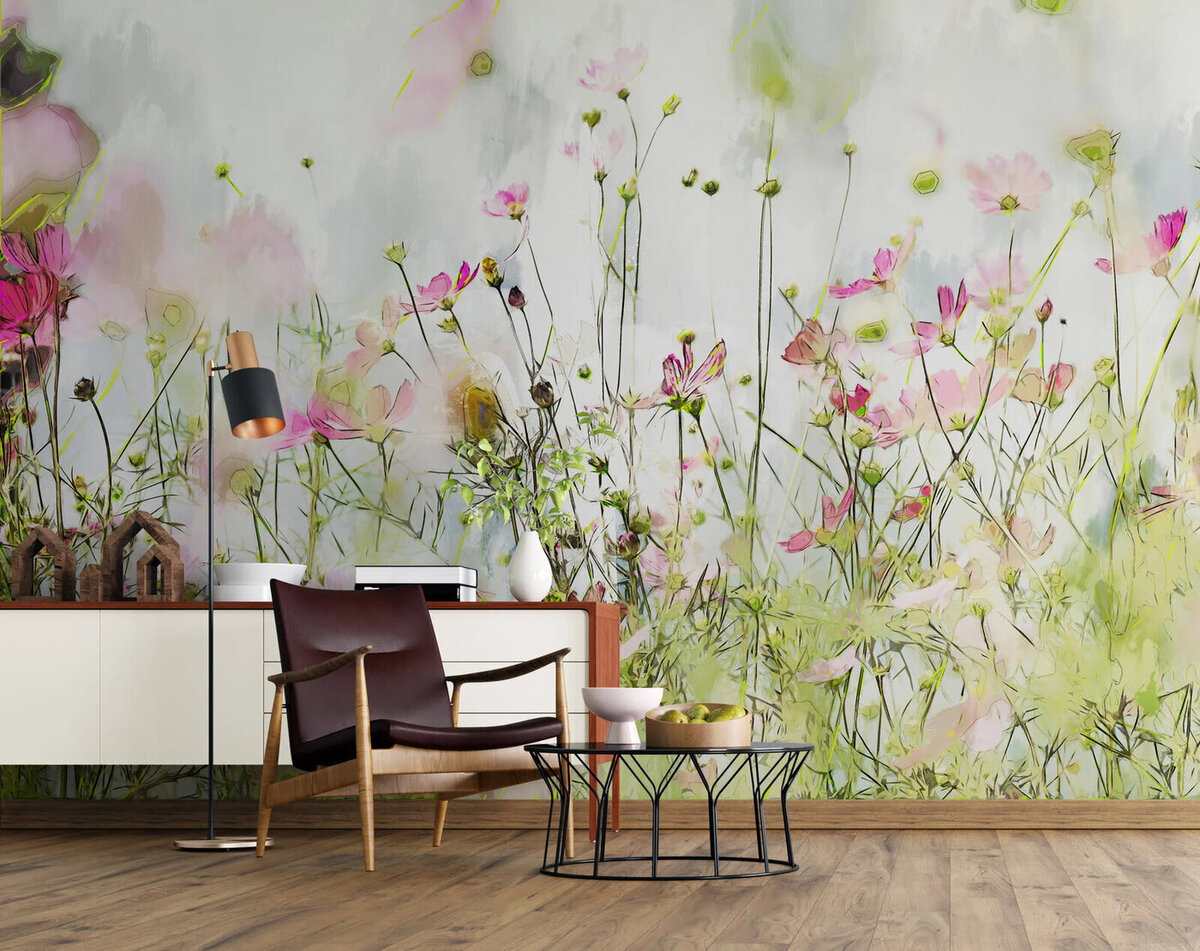
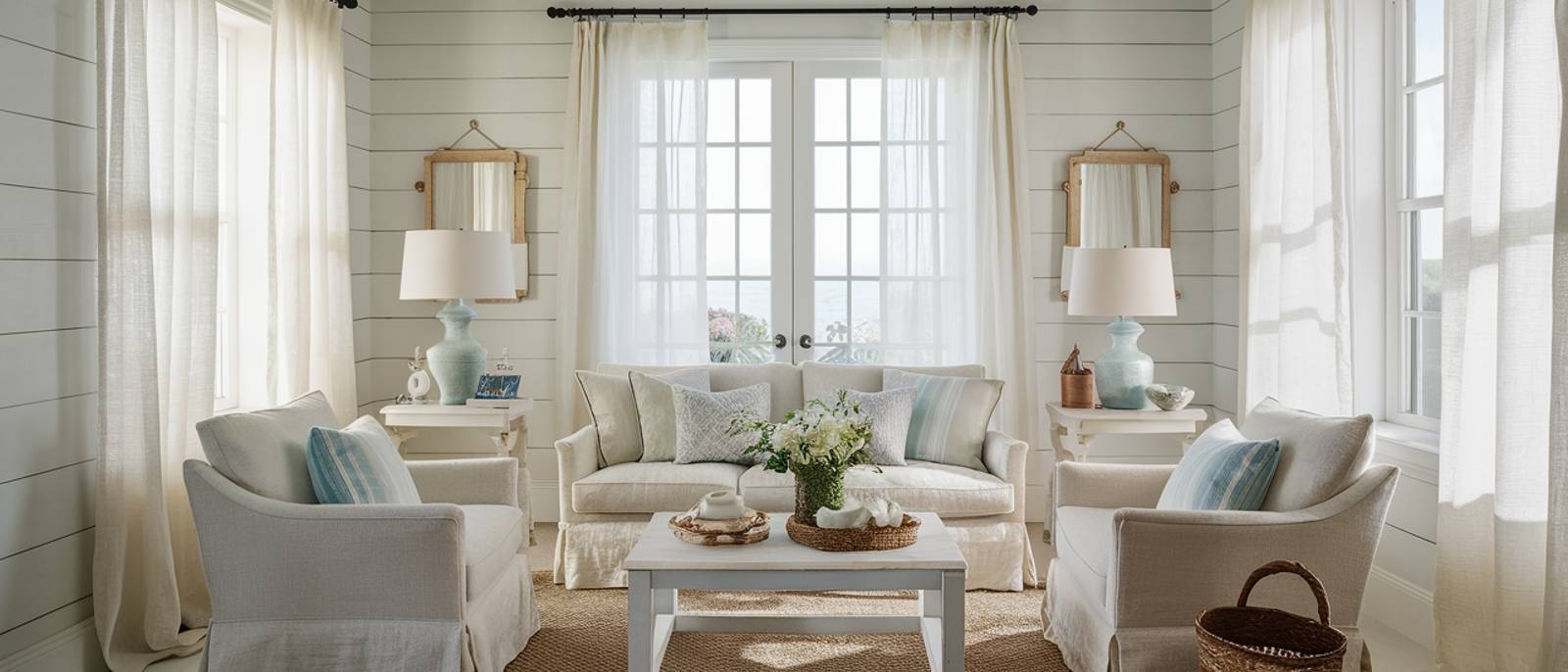
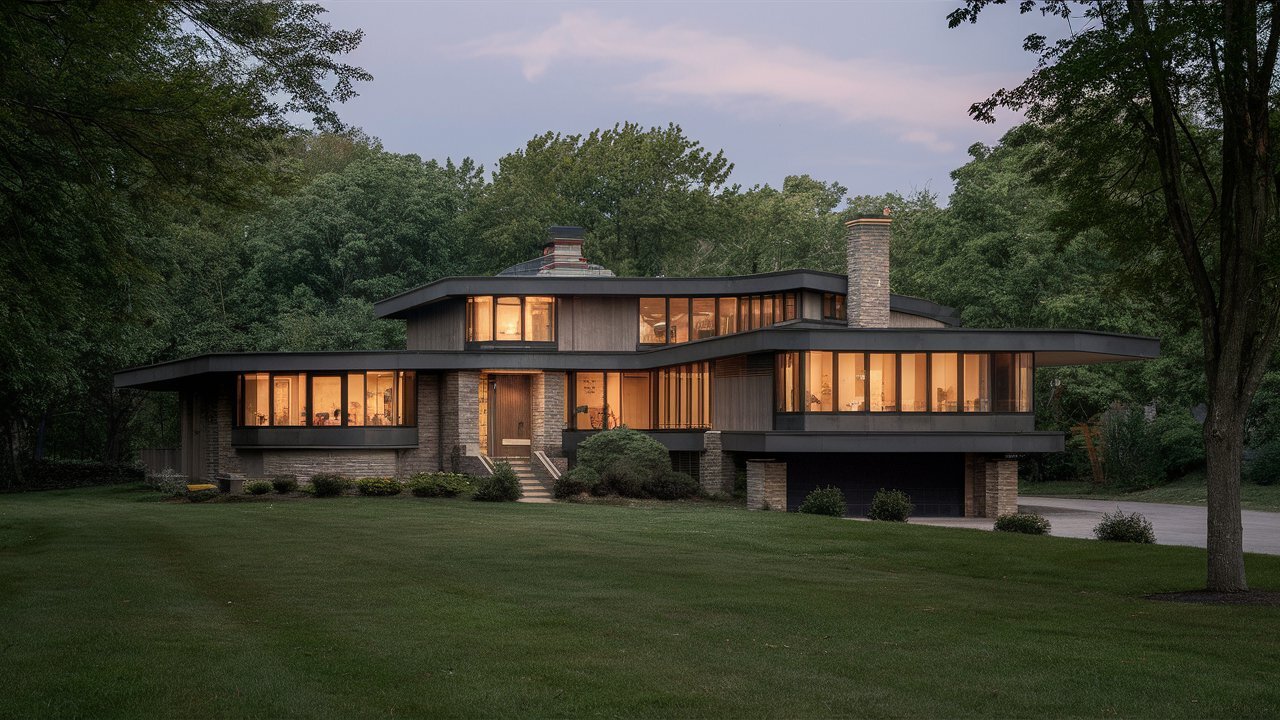
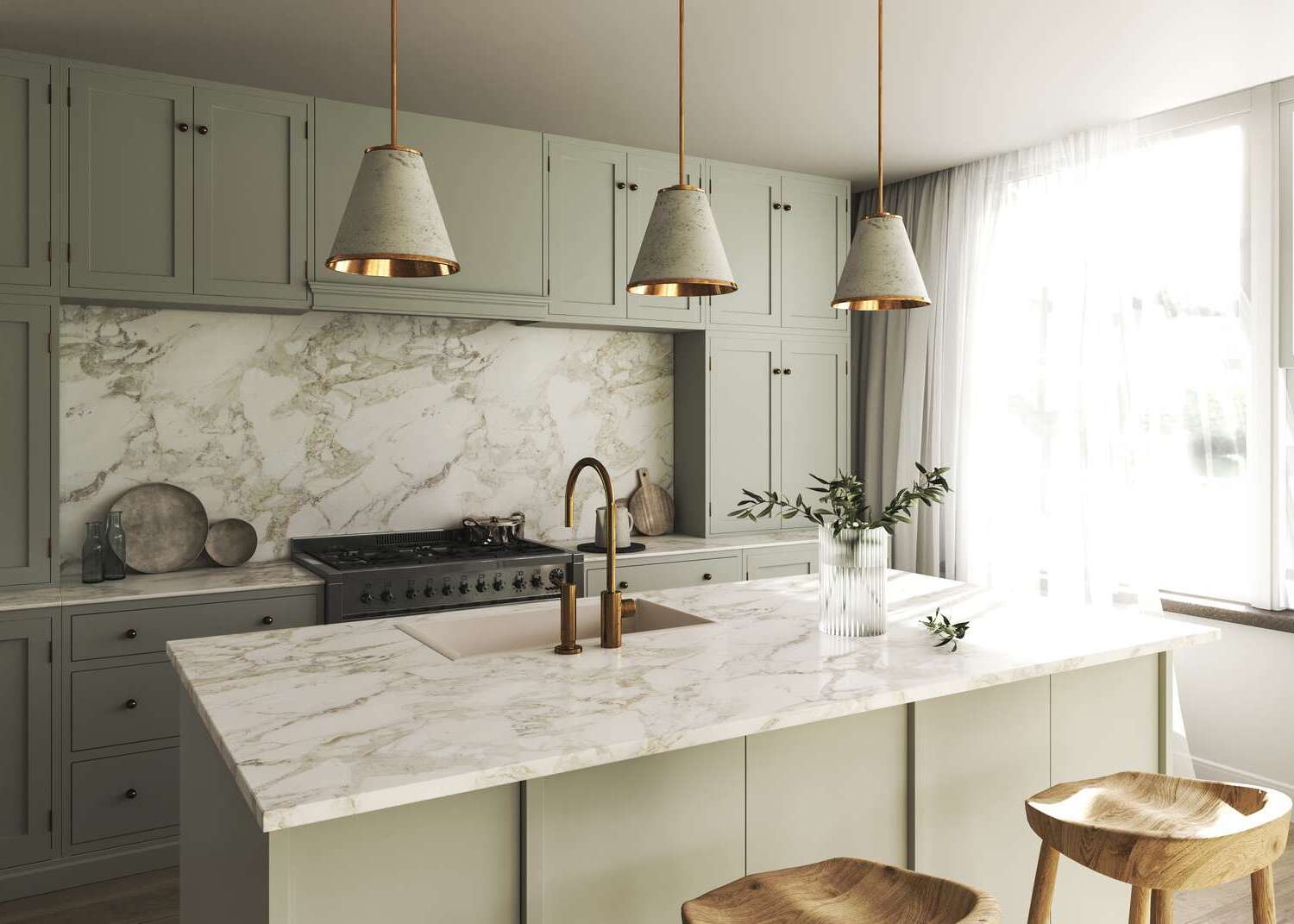
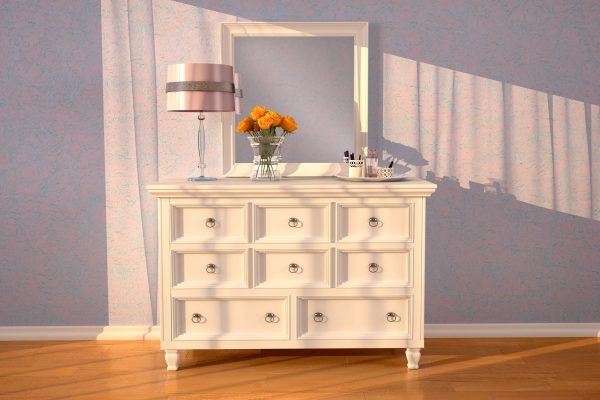

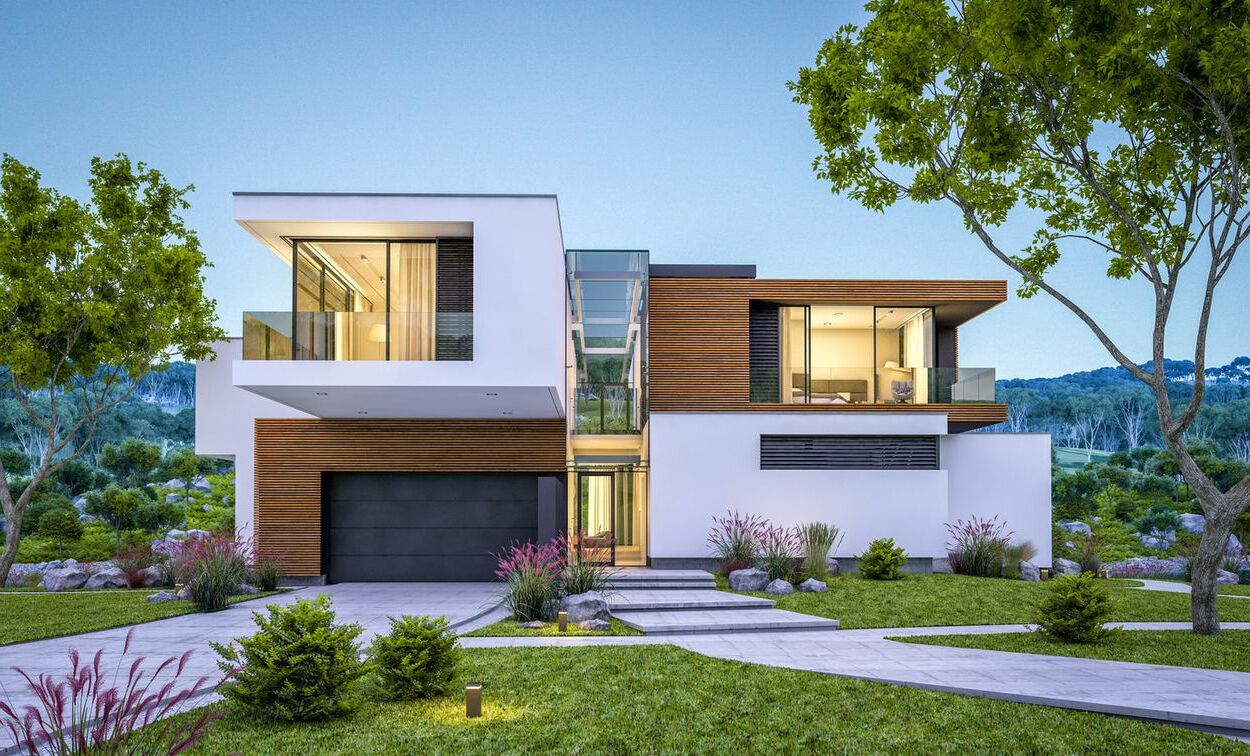
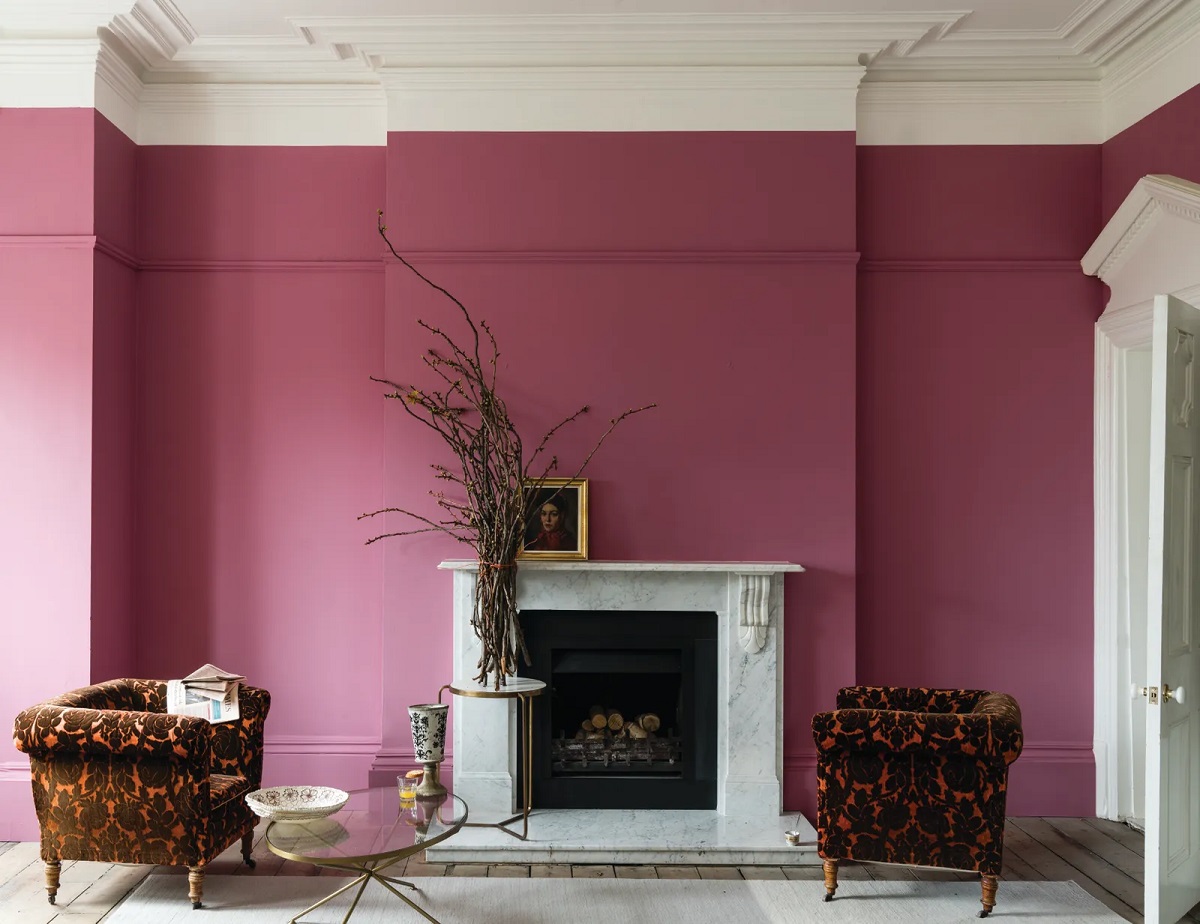
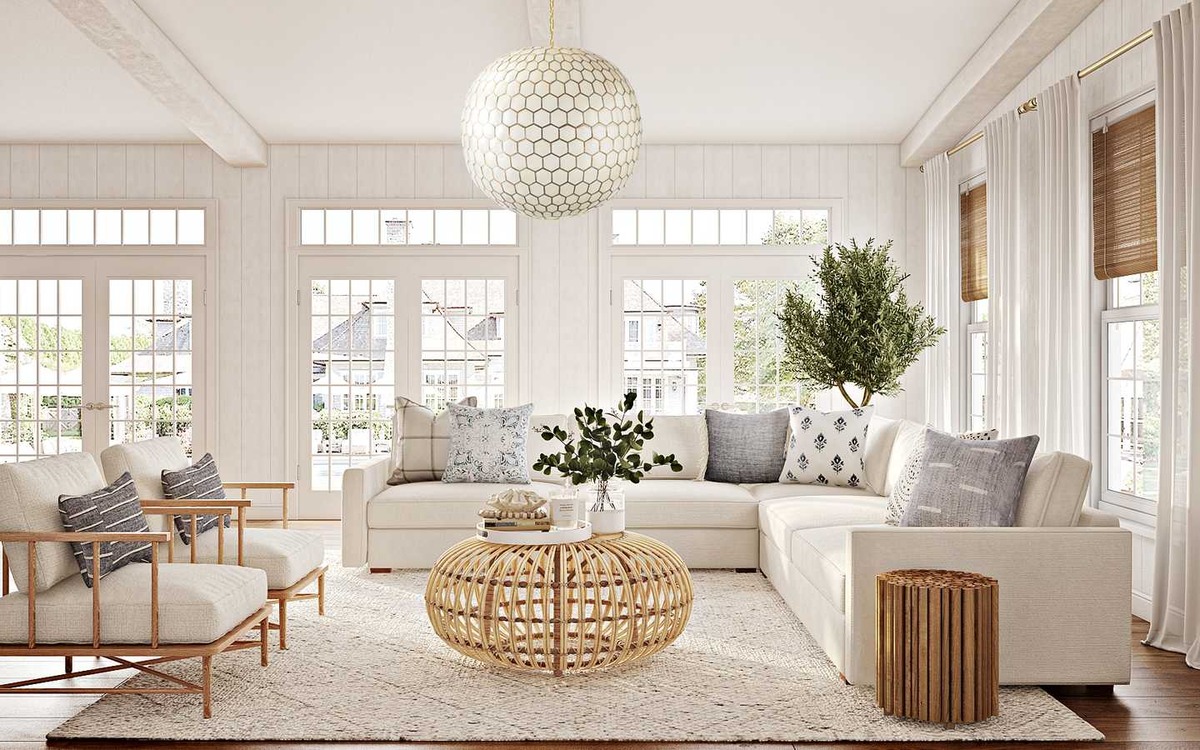

0 thoughts on “Timeless Sophistication In Neo-Classical Homes”